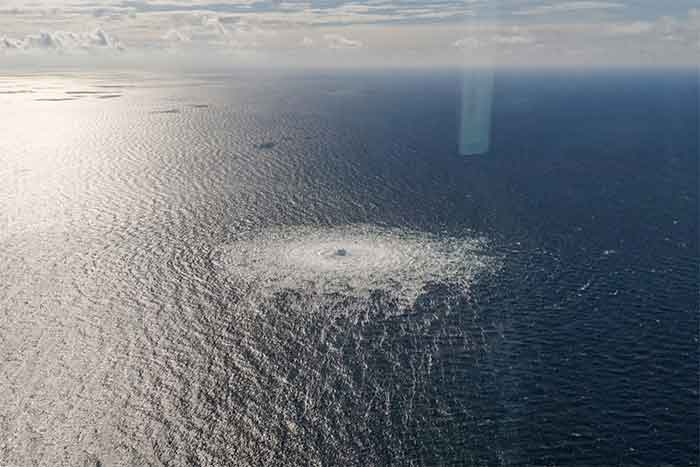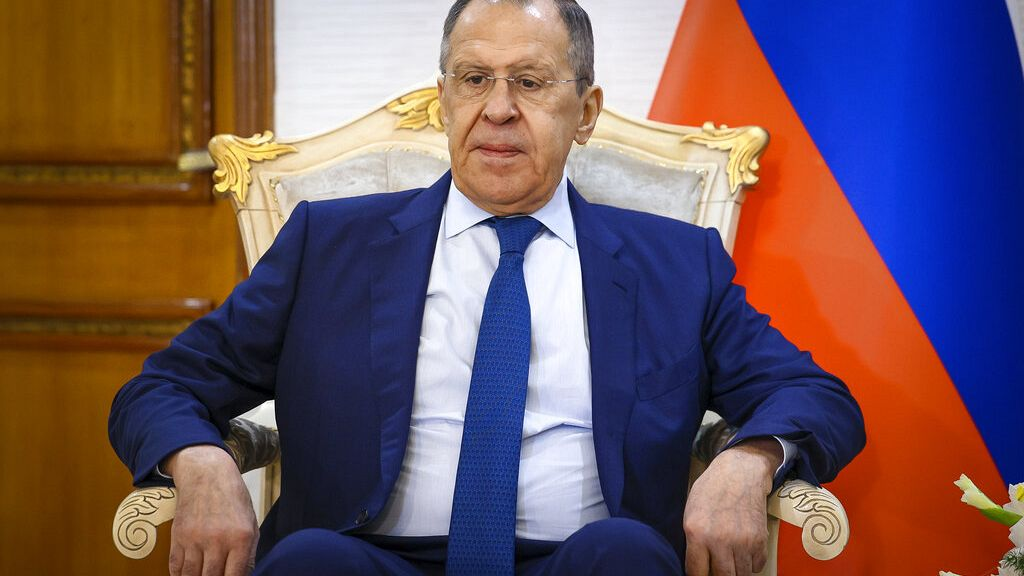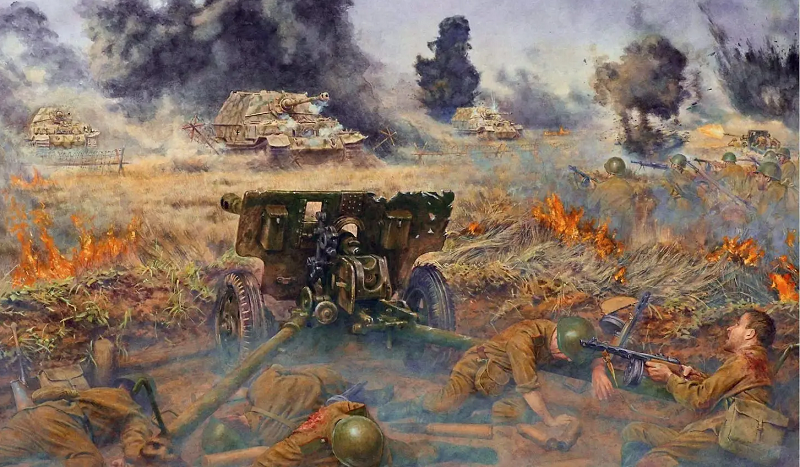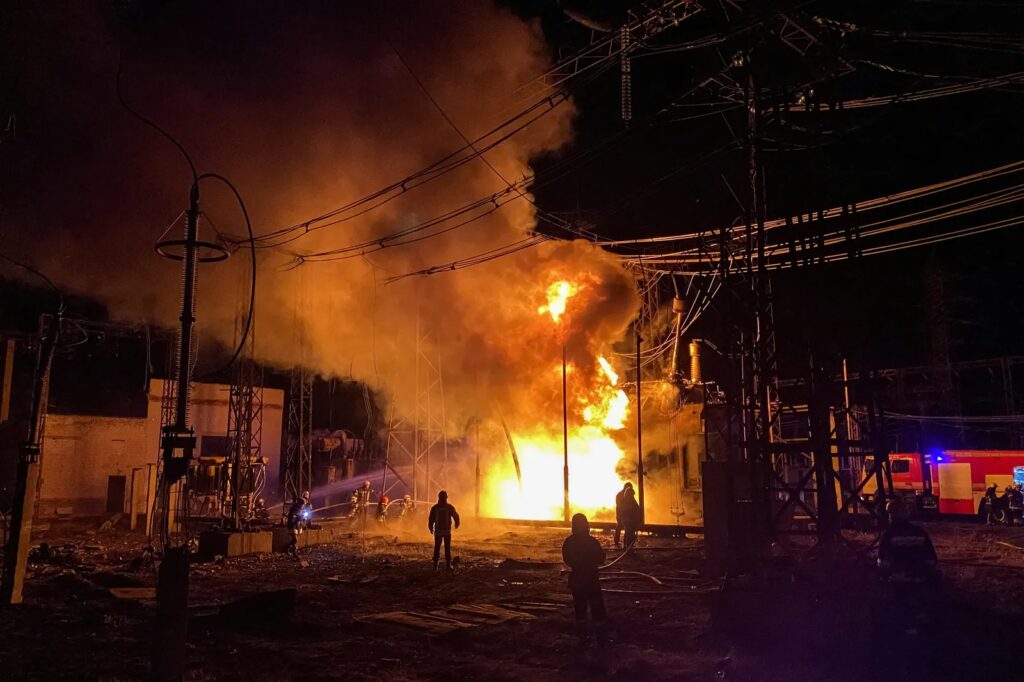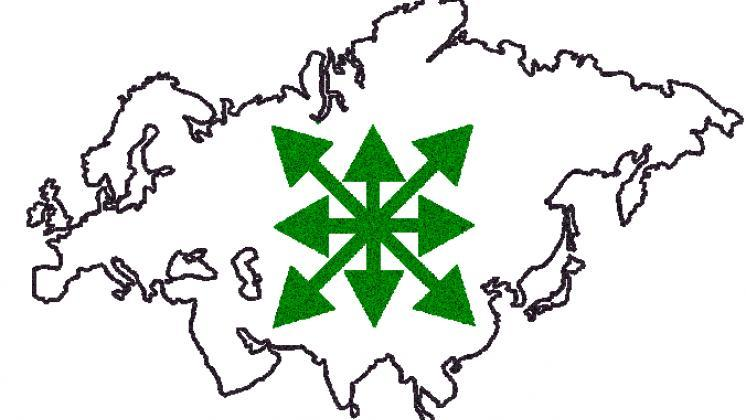More Turkish Drones Showing Up
Having useful weapons platforms can do wonders for a country. One nation that is currently reaping the benefits of having such systems available for export currently is Turkey.
Turkey has been able to produce Drones that have proven to be effective in various conflict zones. The TB2 Drone has been used successfully in the Civil War in Libya, The most recent conflict between Armenia and Azerbaijan over the disputed Nogorno-Karakbah region and is one of the factors that has changed the initiative in the fighting in Ukraine.

